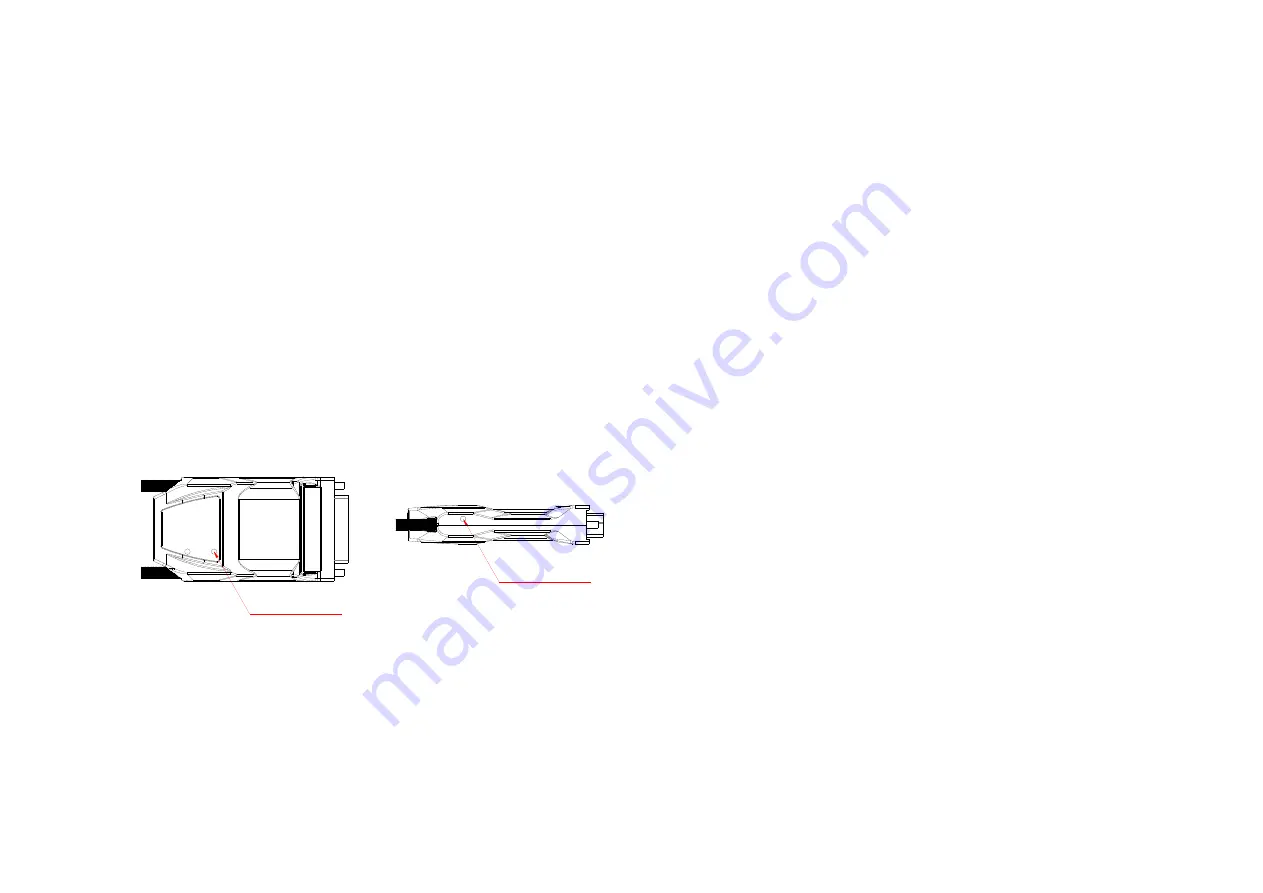
Troubleshooting
The display shows only black screen.
- Ensure that all plugs and jacks used by external power supplies (both
Opticis and others) are firmly connected. Ensure that the Power and status
LED ON.
- Ensure that the DVI ports are firmly plugged in to the PC and display.
- Ensure that the transmitter and receiver modules plugged correctly to the
PC and display, respectively.
- Check if the PC and display are powered on and properly booted.
- Reset the system by de-plugging and re-plugging the transmitter DVI port or
receiver DVI port, or by de-plugging and re-plugging the power plugs of
transmitter and receiver modules.
- Re-boot up the system while connecting the optical DVI extension module.
Screen is distorted or displays noises.
- Check if the graphic resolution is properly set. Go to the display properties of
Windows and tap the settings.
- Ensure that the resolution sets less than WUXGA (1920x1200) at 60Hz
refresh ratio.
- Reset the system. Disconnect and reconnect the optical DVI cables or 5V
power adapters.
Maintenance
No special maintenance is required for the optical DVI module and power
adapters. Ensure that the DVI modules and power adapters are stored or
used in a benign environment free from liquid or dirt contamination.
There are no user serviceable parts. Refer all service and repair issues to
Opticis.
Technical Support and Service
For commercial or general product support, contact your reseller. For
technical service, contact Opticis by email
website at www.opticis.com
1-6 Troubleshooting, Maintenance, Technical Support
Self-EDID Programming Procedure
The graphic source equipment generally requires display information (EDID). It contains
resolution and timing information of the display.
DVFX-110-TR supports Self-EDID programming. It is the procedure that reads the EDID from
the display and stores it in the EEPROM of the transmitter. You have to do Self-EDID
programming if the maximum resolution of the user
’s display is not UXGA (1600x1200). Follow
the steps below to do it correctly.
Note1:
If you know that EDID is not required by the user
’s DVI source, Self-EDID
programming is not necessary.
Note2: The default EDID in factory ship-out is programmed in the VESA standard of
UXGA (1600x1200), 60Hz.
Step 1
Power on the display.
Step 2
Plug the 5V power adapter to the power jack of the transmitter of DVFX-110. Ensure
the Power LED ON and Status LED blinking slowly.
Step 3
Push the EDID PRGM. button of the transmitter with a narrow pin. Then, status LED
will be turned off.
Figure 6
– Position of EDID-PRGM. button and Status LED
Step 4
Connect the transmitter to the display not to the PC.
Then the status LED will
begin to blink rapidly. It indicates reading the EDID from the display and storing it in
the EEPROM. After 7~8 sec, the status LED blink slowly and it indicates completion
of all procedure.
Step 5
Disconnect the transmitter from the display.
1-5 Self-EDID Programming Procedure
EDID-PRG. Button
Status LED






